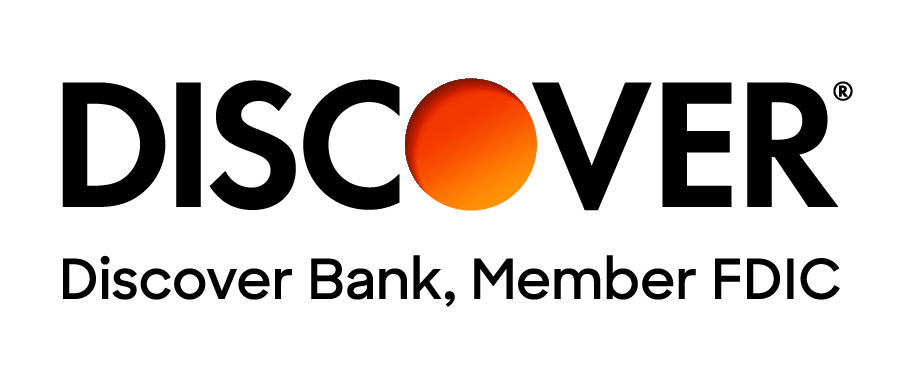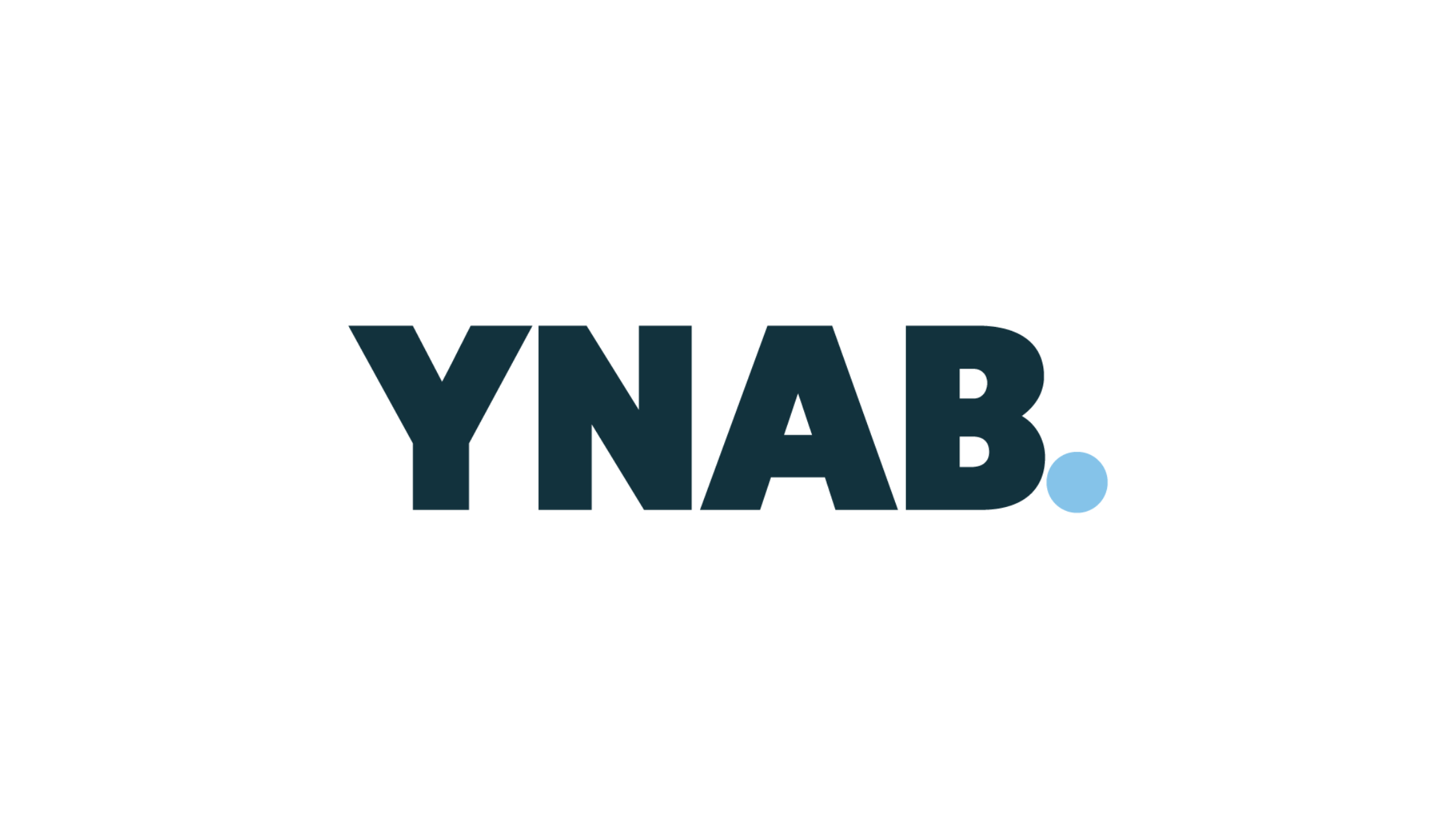Since the pandemic, federal student loan default collection activities have been on pause. However, the U.S. Department of Education has announced that these activities will resume on May 5, 2025. For the more than 4 million borrowers currently in default, this means the potential return of wage garnishments, tax refund offsets, and other collection measures. If you're among them, it's crucial to understand how this restart impacts you, explore your options to restore your loans to good standing, and take steps to protect yourself from the serious consequences of default.
What Does it Mean for Defaulted Loan Collections to Resume?
When a federal student loan goes into default, the Department of Education can initiate collection activities to recover the debt. These include:
- Wage Garnishment: A portion of your paycheck can be withheld, leaving less disposable income for daily expenses.
- Tax Refund Offsets: The IRS can redirect your federal tax refunds to cover the outstanding loan balance.
- Other Federal Benefits Garnishments: Certain benefits, such as Social Security, may also be garnished in some situations.
When the pandemic began, collection activities were temporarily paused to provide relief to borrowers. While the Biden administration extended this relief, the Trump administration has now announced that collections will resume in just a few weeks.
It’s important to clarify that this only impacts borrowers who are in default. If you’re actively repaying your loans, including those under the interest-free forbearance offered by the SAVE Plan, you won’t be affected.
Note: Borrowers enrolled in the SAVE Plan may not be directly affected by this, but an upcoming "high-risk" period could pose challenges to successful repayment. Eventually, participants in the SAVE Plan will need to resume repayment, though the details of this transition remain unclear. It’s vital for borrowers to stay informed about their loan status to prevent falling behind or risking default.
Why This Matters for Borrowers in Default
Being in default can have far-reaching consequences beyond immediate financial strain. Here’s what’s at stake if action isn’t taken to resolve a defaulted loan:
- Credit Damage: Defaulting on a federal loan can severely impact your credit score, making it more challenging to qualify for financial products such as credit cards, auto loans, mortgages, or even securing rental agreements.
- CAIVRS Reporting: Borrowers in default are reported to the Credit Alert Verification Reporting System (CAIVRS), effectively barring them from qualifying for certain types of loans, such as FHA loans.
- Loss of Federal Student Aid Eligibility: Defaulting on a federal student loan renders you ineligible for additional federal aid, including Pell Grants.
- Restricted Financial Mobility: Poor credit from default can limit housing options, make it difficult to rent apartments, and impact job applications in industries that review credit reports.
- Ballooning Costs: Defaulted loans continue to accrue interest, but in addition, borrowers are charged collection costs up to 25%.
For borrowers who are living paycheck to paycheck, the added burden of wage garnishment or tax refund offsets could push a household deeper into financial hardship, making an already challenging situation worse.
The Good News – Borrowers Have Options
If you’re in default, it’s important to know that you can restore your loan to good standing and stop or prevent collections. The first step is to contact the Department’s Default Resolution Group, who can walk you through your options for getting out of default.
Typically, you’ll have three choices: rehabilitate your loan, consolidate your loans, and enroll in an income-driven repayment plan, or pay the loan in full. Once your loan is back in good standing, you’ll regain access to benefits like income-driven repayment plans, as well as deferment or forbearance options during times of financial hardship.
The Broader Impacts on Borrowers
While this move was expected, its timing places additional strain on households already burdened by rising costs for essentials like food, housing, and gas. For many borrowers, the sudden resumption of wage garnishments could make it even harder to cover basic living expenses.
The Department of Education now has a critical opportunity to support struggling borrowers by offering enhanced resources and clear guidance to help them rehabilitate their loans and avoid future defaults. However, delivering this level of assistance may be challenging due to limited staffing and resources, potentially hindering efforts to meet the growing demand for support.
Repayment for the Trump Administration
The Biden administration implemented several measures to assist borrowers in managing their student loan debt. Programs like Fresh Start allowed borrowers in default to regain good standing through a simple request to the Default Resolution Group. However, even senior officials acknowledged that borrowers utilizing Fresh Start remain at high risk of defaulting again.
The Trump administration faces a complex set of challenges regarding student loans. With the resumption of collection activities on defaulted loans, they must also address the over 8 million borrowers enrolled in the SAVE Plan, ensuring these individuals return to repayment. Additionally, they must navigate ongoing legal challenges to the SAVE Plan, which have also impacted forgiveness options under other income-driven repayment plans, such as Income-Contingent Repayment (ICR) and Pay as You Earn (PAYE).
For student loan borrowers, the reality is, you should expect to pay back your federal student loans. Relying solely on student loan forgiveness is not a recommended strategy. If you’re frustrated with the Trump administration’s approach to repayment, withholding your payments could harm you more than help.
If you are pursuing forgiveness through the Public Service Loan Forgiveness (PSLF) program, it is wise to stay committed to that process and meet its requirements. But it’s crucial to remain aware of any administration changes which may impact your repayment.







